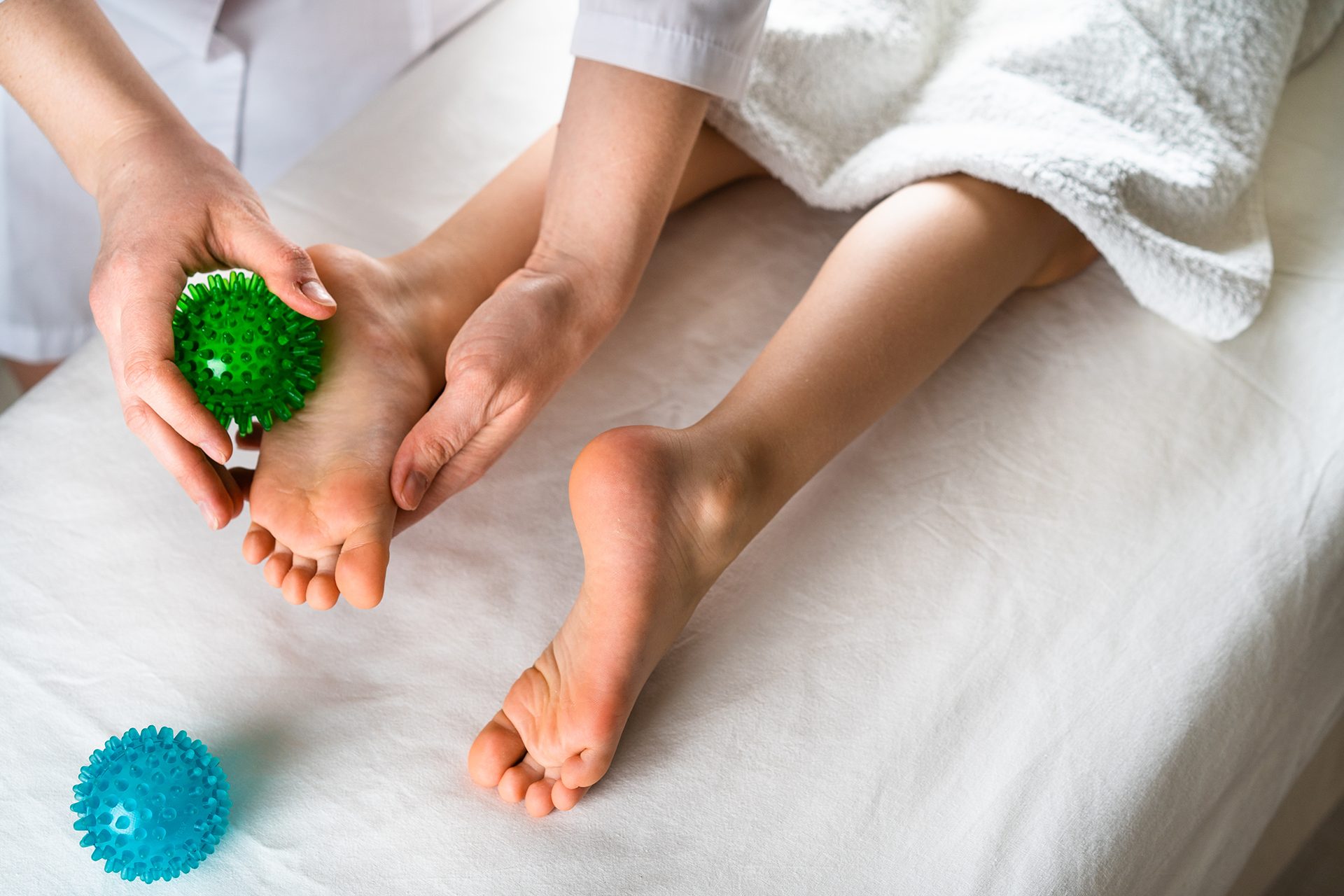
What is Charcot-Marie-Tooth disease?
Charcot-Marie-Tooth (CMT) disease is an inherited neurological condition that causes problems with the muscles of your feet, legs, arms and hands. Although there is currently no cure, people with CMT can use a variety of therapies and strategies to help manage their symptoms.
CMT disease (sometimes called hereditary motor and sensory neuropathy) is not a single disease but a group of genetic conditions affecting the nervous system.
Named after the 3 doctors who first described it (Charcot, Marie and Tooth), CMT disease is a progressive condition, which means it tends to get worse over time. It affects people in different ways, but usually CMT disease doesn’t cause severe disability or reduce life expectancy.
There are many different types of CMT disease, which are all caused by a genetic error in 1 of the genes needed for healthy functioning of your peripheral nerves. These are the nerves that connect your body’s muscles, joints and skin to your spinal cord and brain, and transmit both sensations and commands for movement. If you have CMT disease, your peripheral nerves are abnormal and have trouble sending the signals they need to.
What are the symptoms of Charcot-Marie-Tooth disease?
Most people with CMT show the first signs of the condition by the age of 20. Problems usually develop first in the muscles that support the feet, then later in the hands.
Symptoms vary from person to person, but can include:
- weakness and wasting of the leg muscles, causing problems with balance and walking
- problems with the feet, such as weak ankles and curled toes
- numbness and coldness of the hands and feet
- hand weakness and loss of fine motor skills, which can make it hard to write clearly
- tremor
- pain, usually as a result of walking abnormally
How is Charcot-Marie-Tooth disease diagnosed?
Your doctor may ask about any family history of genetic disease. If the doctor thinks you might have a neurological disorder, tests will be done to look for problems such as slow or weak nerve signals, or weakness or wastage of the muscles in the arms and legs. Genetic tests may also be done to try to work out which type of CMT disease is involved.
Living with Charcot-Marie-Tooth disease
While there is no cure for CMT, proper foot care including custom-made shoes and leg braces can help to reduce discomfort and retain function.
There are many other therapies that can help, such as:
- physiotherapy and exercise to help maintain movement, strength, flexibility and a healthy weight
- surgery to correct bone abnormalities
- occupational therapy, offering devices and strategies that will help with everyday tasks
- counselling to help manage pain and fatigue


